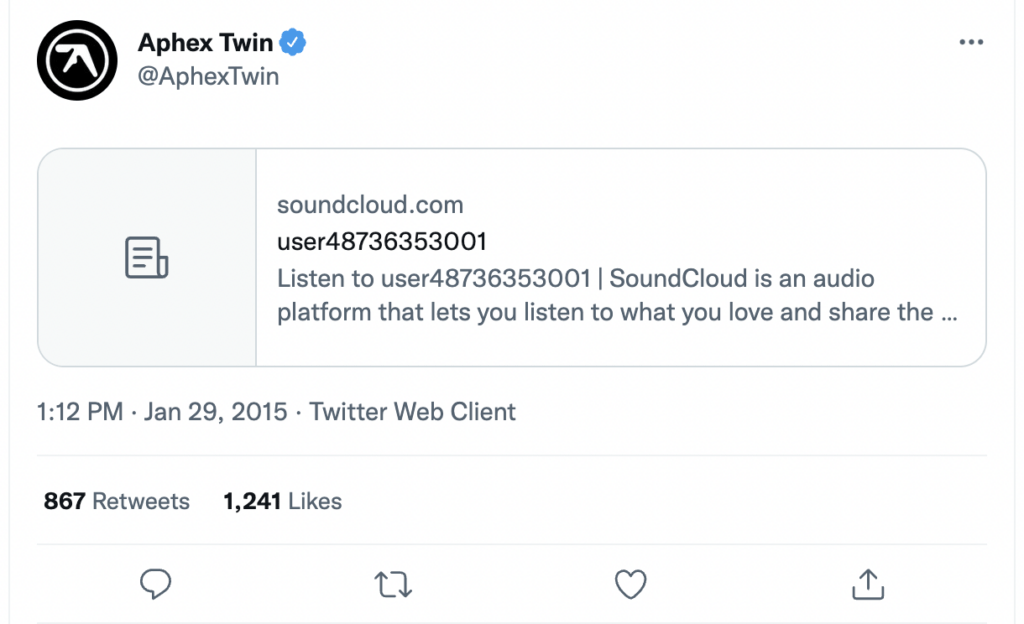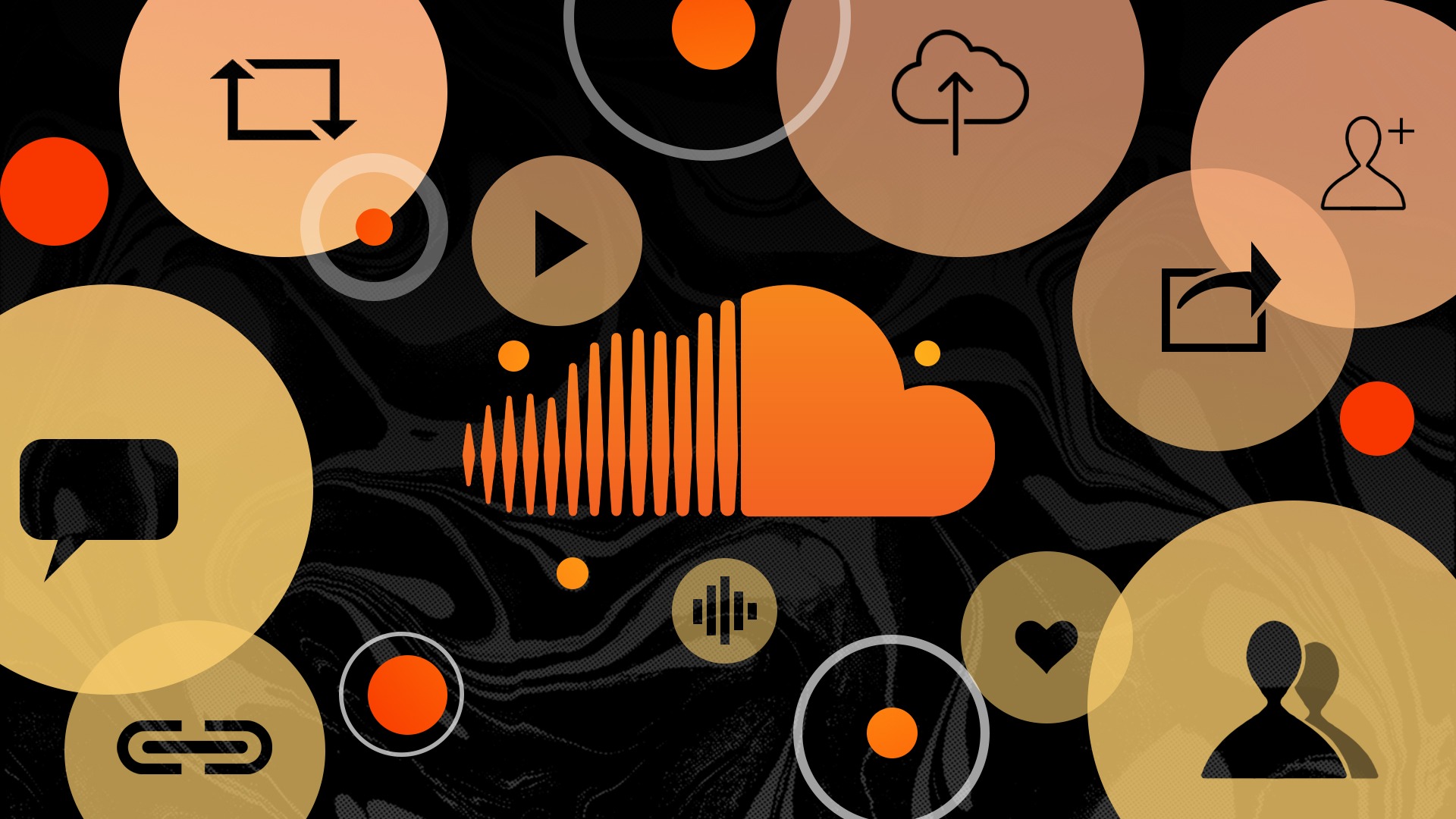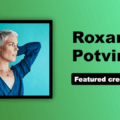Since its 2007 origins, SoundCloud has not only become one of the world’s most influential streaming services, but it’s spawned its own music sub-genre of SoundCloud rap, and helped popular independent artists of all genres thrive. In this article, we’ll revisit what made the platform so successful, and also review community practices that can help you improve your own SoundCloud presence.
A Humble Beginning and a Promising Future
SoundCloud was a platform first created by Alexander Ljung and Eric Wahlforss as a solution to the relatively confined problem of how to best collaborate in the music industry circa 2007. While other forms of media had platforms like Facebook, Vimeo, or Flickr to support communication, music lacked a cohesive space where tracks could be shared and discussed. An artist had to rope in many services to do so. Different email clients, FTP (File Transfer Protocol) servers, and different upload/download locations made collaborative workflows a hassle. By contrast, SoundCloud provided users with the ability to easily embed their tracks onto other sites, upload large file sizes, let people comment on specific parts of a recording, and choose between sharing songs publicly or only with desired contacts.
However, Alexander and Eric were young and energetic entrepreneurs with an eye for spotting business opportunities. They quickly realized that they had a much bigger gold mine on their hands than a simple file hosting service. With its easy embeddability features and community-oriented design, SoundCloud was well-equipped to meet the needs of modern music artists looking to make the leap into 21st century distribution techniques. In a November 2007 blog post, the company wrote that “at SoundCloud we care less about Web 2.0 and more about the needs of musicians and cool labels.”
By 2008, aggressive networking (and frequent participation) by Alexander and Eric in the Berlin nightclub scene helped SoundCloud to find popularity among techno and EDM musicians like Quarion, Speedy J, and DJ Hyperactive.
SoundCloud could help independent artists using the site thrive in an industry going through an identity crisis. The music industry was seeing their then-lowest revenues ever around the time that SoundCloud was emerging, and signing to a label was also far from a guarantee for success. Record labels had built a long and colourful reputation for taking large percentages of an artist’s cut with tactics like 360° deals. Striking it out as an independent artist was an enticing alternative, but it brought along the problem of self-promotion.
A New Player Enters the Promotional Game
Fortunately, viral-ready promotion was a natural fit for SoundCloud’s design. Easy-to-embed links made it quick to share a track outside the site without having to print CDs or self-host tracks. And of course, the ability to comment on and share other people’s work through playlists prompted a direct social connection between artists and their fans. Sonic Youth and Moby both notably used the platform to stream 2009 album releases, setting a precedent that contemporary artists still follow.
Large upload sizes and anonymized accounts gave album leaks a new home, which could make for a useful marketing technique. Aphex Twin gathered considerable public interest with his mysterious 2015 release of hundreds of previously unreleased tracks under his SoundCloud pseudonym “user48736353001.”

SoundCloud evolved into a platform where mainstream and undiscovered artists were virtually sitting at the same table, making events like the 2012 discovery of SoundCloud artist Iza Lach by Snoop Dogg a exciting possibility. Even without an industry giant openly vouching for them, the internet’s interest in a single hit track could make someone a star overnight. Halsey was discovered on SoundCloud through her song “Ghost” in 2014; Billie Eilish with her single, “Ocean Eyes,” in 2015.
SoundCloud Community Practices
SoundCloud’s arguably largest asset is the community of artists and fans who support it through their regular engagement. Although SoundCloud isn’t the only platform out there for sharing music, it does have some particular community practices that make it its own beast. One of the ways that artists connect with other musicians, while getting their own talent recognized, is through track remixing and collaboration. Credit can be given for the different artist roles using tags, like [prod. by] to indicate a producer’s information.
Note: it’s very important for an artist to make sure they have the right to do a remix or collaboration, even if they aren’t going to be making money off of the track. Getting three copyright strikes on a SoundCloud account will get it deleted. Larger labels especially tend to be quite protective of their intellectual property, and audio fingerprinting software can instantly detect illegal uploads. Having an email record of the approval is a good safe guard in case the track is incorrectly taken down.
Some of SoundCloud’s other unique features include:
Promotional Channels which are widely followed accounts (or sometimes, even networks of accounts) that repost high quality content based on particular interests or music genres. Being featured on a leading, relevant promotional channel can help introduce an artist’s work to new followers.
Repost trading is an agreement made between two SoundCloud users to repost each other’s uploads. This route makes the most sense for both parties when the accounts are of a similar size, have similar follower counts, and they genuinely enjoy each other’s productions. One of the easiest ways to find a repost trade are through dedicated repost groups on Facebook.
SoundCloud Rap
In addition to reshaping self-promotion, SoundCloud can also be credited for promoting a distinctive new sound. Commonly called SoundCloud rap, mumble rap, or emo rap, this punkish style flourished on the post-SoundCloud internet. Though difficult to pin down completely, common themes in SoundCloud rap are flexing, clout, shock tactics like extreme face tattoos or lyrics, a nihilistic attitude, and intense emotional expression.
The Raider Klan started by SpaceGhostPurrp in 2008 is a notable early milestone for the genre’s development. This collective would not only bring the sonic characteristics of SoundCloud rap out from the underground and into the mainstream, but it would also propel the individual careers of members like Denzel Curry and Xavier Wulf.
SpaceGhostPurrp’s interpersonal volatility is largely blamed for leading the Raider Klan to disband by 2015, but by this point there were already other established artists like Future influencing the genre.
The coming years would see many young artists with a fresh career rooted in the SoundCloud style. The emo-influenced Lil Peep released his first SoundCloud EP Lil Peep; Part One in 2015, and xxxTentacion and Ski Mask the Slump God collaborated on Members Only Vol. 1 that same year. In 2017 Lil Pump’s viral hit “Gucci Gang” was dropped, and Juice Wrld released his first EP, Nothings Different. Tekashi69 also drew attention with 2017’s “Gummo” drop.
Unfortunately, a string of controversies and tragedies have hit the SoundCloud rap scene hard. Lil Peep passed in 2017 from an accidental drug overdose, and Juice Wrld died from drug related complications in 2019. xxxTentacion and Smoke Dawg were killed in separate 2018 shootings; Nipsey Hussle in 2019. Also In 2019, Tekashi69 was jailed for two years for his affiliation with the Nine Trey Gangsta Bloods, and Tay-K was sentenced to 55 years for his role in a deadly home invasion.
Though SoundCloud rap today doesn’t have the same volume of music output it once did, a number of artists like Lil Uzi Vert, Rico Nasty, and Bad Bunny continue to push the sound forward into 2020.
What’s Next for SoundCloud?
SoundCloud has had some ups and downs in recent years, including significant financial troubles in 2017 that almost ruined the company. Fortunately things have somewhat stabilised since then under the leadership of a new CEO, and as of February 2020 the platform claims a monthly reach of 175 million global users. However, earlier in August 2022, the company announced that it was cutting approximately 20% of its workforce due, in part, to recent changes in the global economic landscape.
While it may be difficult to say exactly what the future holds, we can assume that the platform will most likely continue experimenting with new monetization tactics, which could bring future volatility for artists. For example, their introduction of stingier upload caps caused a huge uproar among their fans, leading to an eventual reversal of the decision. On a positive note, SoundCloud’s growing interest in supporting easier cross-platform music distribution could create more opportunities for artists to get their work known.
Additional Resources
SoundCloud has some helpful beginner articles available, such as how to get started with the platform, monetize a track, and use their statistics tools. They’ve also explained in detail the terminology used on the site.
Heroic academy has a detailed article available on how to get the most out of SoundCloud marketing.
SoundCloud rap also has a much longer history than what could be covered here, but many other articles have well documented the key events that have shaped it.
Written by Rebecca Goodine
Illustration by Yihong Guo





















